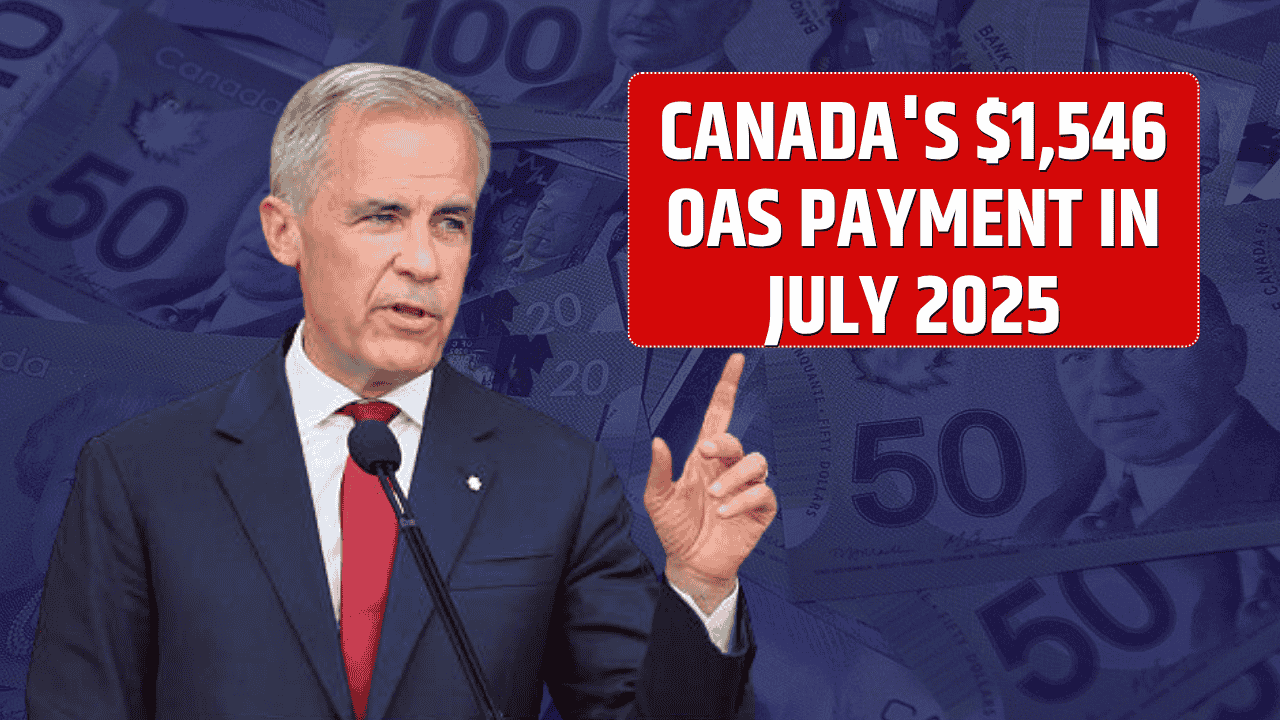Mixed methods research—combining quantitative and qualitative approaches—is increasingly essential in federal evaluation. At the forefront of this movement is the Office of Planning, Research, and Evaluation (OPRE), which supports rigorous, real-world evaluations of programs serving children and families. OPRE uses mixed methods not just to strengthen data quality but to uncover deeper, more actionable insights about how and why programs succeed or struggle.
In this article, we’ll explore how OPRE applies mixed methods in its federal case studies and what researchers, policymakers, and practitioners can learn from this approach.
Table of Contents
What Are Mixed Methods?
Mixed methods evaluation integrates both quantitative data (e.g., surveys, program records, impact measures) and qualitative data (e.g., interviews, focus groups, observations) in a single study. This approach is especially useful in human services, where context, experience, and process matter as much as outcomes.
Benefits of mixed methods include:
- Capturing both what works and why it works
- Illuminating participant experiences and provider perspectives
- Identifying unintended consequences
- Strengthening the interpretation of quantitative findings
OPRE applies this approach to evaluate everything from early education and employment initiatives to family support and youth development programs.
Why OPRE Uses Mixed Methods
Federal programs operate in complex, real-world environments. A single data point—like job placement rates or school readiness scores—can’t tell the full story. OPRE designs its evaluations to:
- Understand implementation challenges
- Identify barriers to access or equity
- Assess local variation in service delivery
- Contextualize impacts with on-the-ground insights
This richer perspective helps federal leaders make more informed, responsive policy decisions.
OPRE Mixed Methods Case Studies
Let’s take a look at several OPRE-funded evaluations that illustrate mixed methods in action:
1. Head Start Family and Child Experiences Survey (FACES)
Focus: Early childhood education
Methods Used:
- Large-scale quantitative child assessments and parent/teacher surveys
- In-depth classroom observations and qualitative interviews
Impact: Helped OPRE and Head Start improve classroom quality standards and staff training based on how programs were actually implemented, not just on outcome metrics.
2. Parents and Children Together (PACT) Evaluation
Focus: Responsible fatherhood and healthy marriage programs
Methods Used:
- Randomized control trials (RCTs) to measure program impacts
- Qualitative interviews with participants and staff
- Case studies of service delivery across locations
Impact: Combined findings revealed how program culture, staff-client relationships, and community context influenced both engagement and outcomes.
3. Pathways for Advancing Careers and Education (PACE)
Focus: Career pathways for low-income adults
Methods Used:
- Quantitative data on employment and earnings
- Focus groups with participants to understand career decisions
- Interviews with program staff to assess implementation fidelity
Impact: Mixed methods helped uncover why some career pathways had stronger impacts than others and how support services influenced long-term outcomes.
4. Child Welfare Information Gateway User Study
Focus: Improving access to child welfare resources
Methods Used:
- Website usage analytics (quantitative)
- User interviews and journey mapping (qualitative)
Impact: Helped improve usability and navigation for diverse user groups including child welfare professionals and parents.
5. Building Bridges and Bonds (B3) Evaluation
Focus: Evidence-informed fatherhood programming
Methods Used:
- Experimental designs to test different program components
- Staff interviews to assess implementation and fidelity
- Participant focus groups to explore perceptions of effectiveness
Impact: Led to more nuanced insights into what kinds of fatherhood supports resonate with different populations.
How Mixed Methods Add Value
Here’s a snapshot of what mixed methods bring to federal evaluation:
| Evaluation Component | Quantitative Approach | Qualitative Complement |
|---|---|---|
| Program Impact | Randomized control trial | Participant interviews to interpret results |
| Implementation | Service tracking data | Staff interviews and site observations |
| Participant Experience | Survey responses | Focus groups and ethnographic methods |
| Accessibility and Equity | Disaggregated outcome analysis | Community engagement and contextual inquiry |
This synergy improves internal validity, external relevance, and equity responsiveness in federal research.
Lessons for Researchers and Policymakers
OPRE’s case studies illustrate that mixed methods aren’t just a “nice to have”—they’re mission-critical in evaluating human services. Key takeaways include:
- Start with integration in mind—don’t bolt qualitative work onto a quantitative framework after the fact.
- Engage communities and stakeholders early to identify relevant questions and data sources.
- Train teams across disciplines so that researchers can work collaboratively and interpret results holistically.
When done well, mixed methods produce insights that numbers—or narratives—alone could never deliver.
FAQs
Why does OPRE prioritize mixed methods?
Because it provides a fuller picture of program effectiveness, especially in complex, people-centered systems.
Do all OPRE studies use mixed methods?
Not all, but many flagship evaluations do—especially those assessing implementation and equity.
Can mixed methods be used in rapid-cycle evaluations?
Yes, with streamlined qualitative components like short interviews or real-time feedback loops.


























